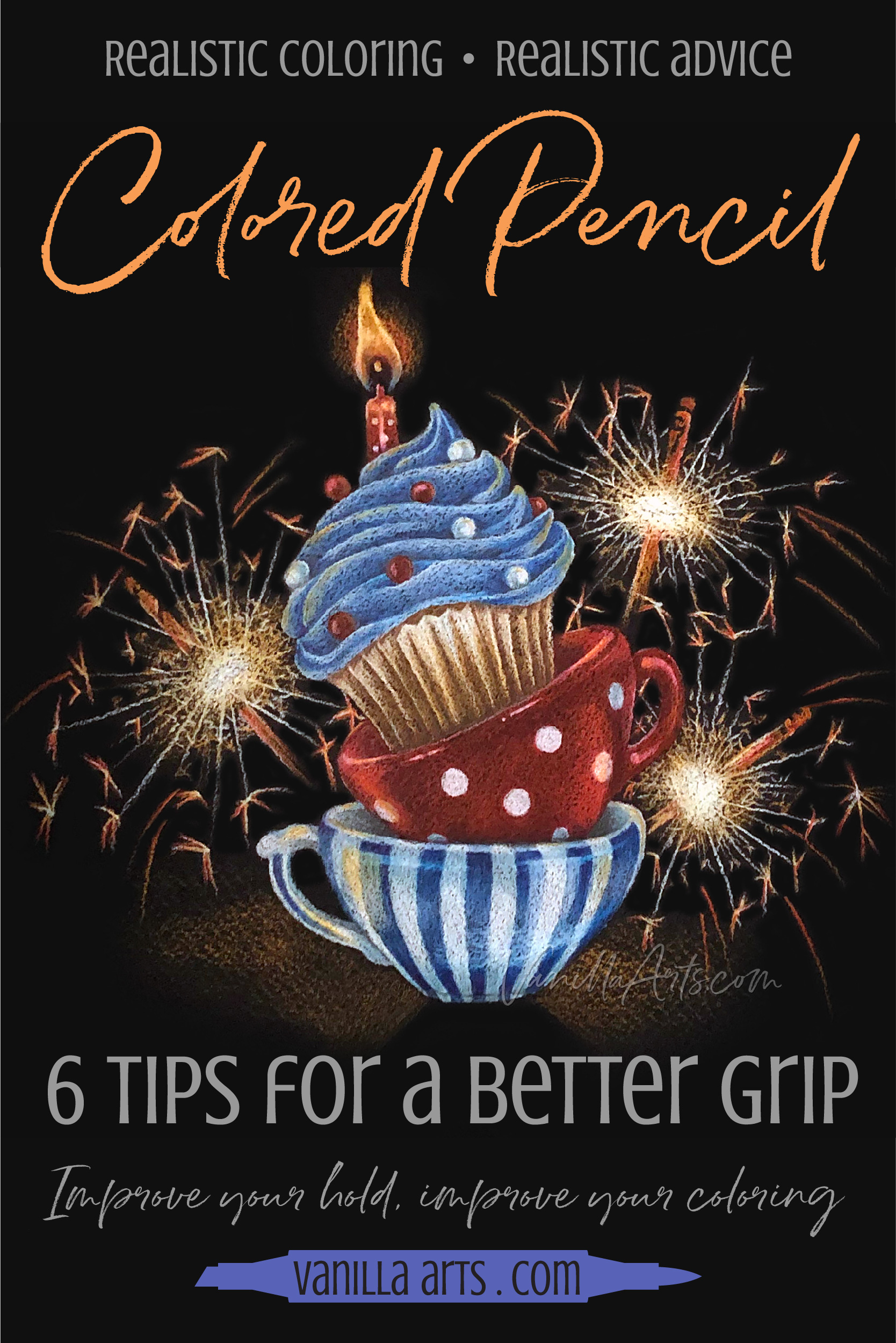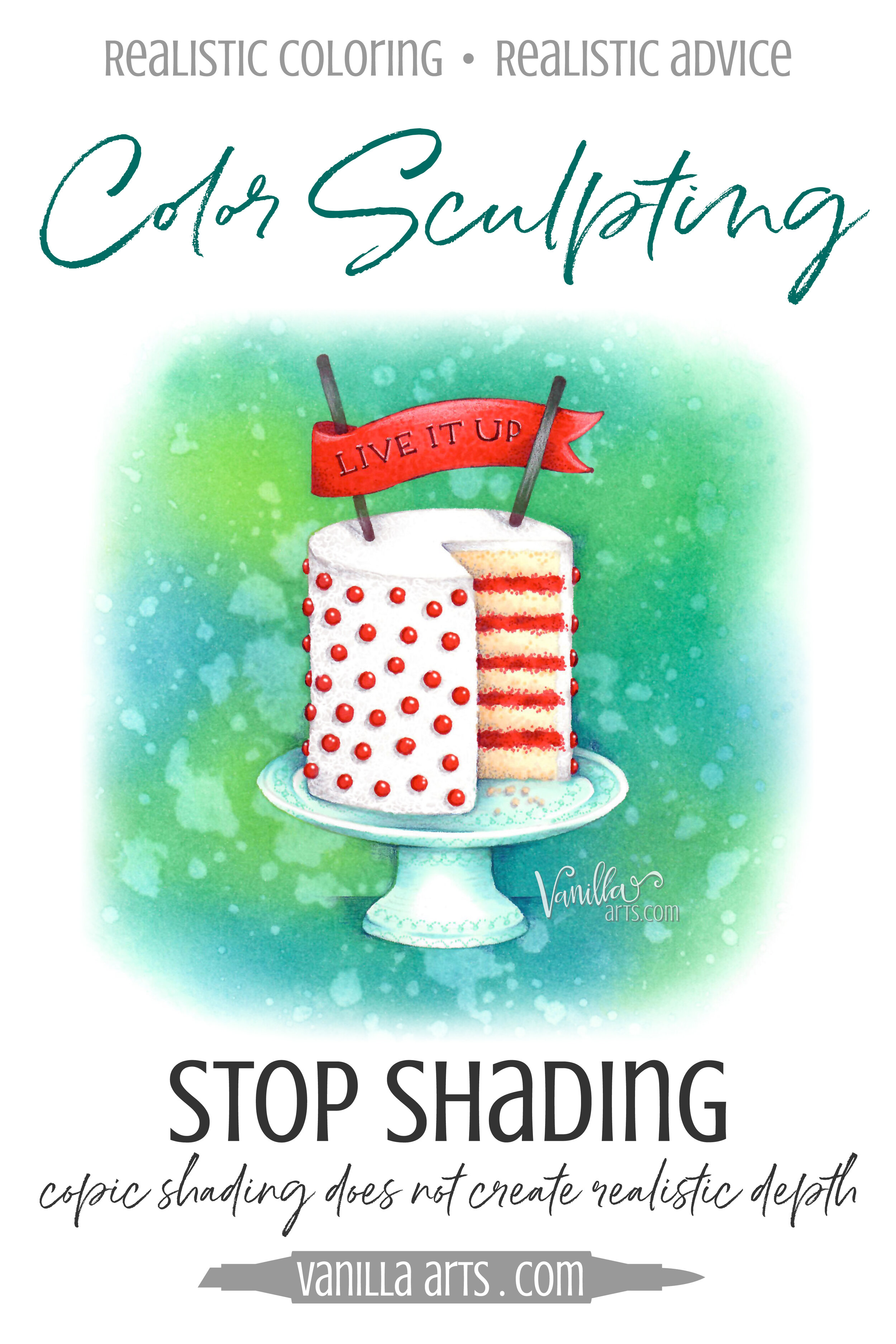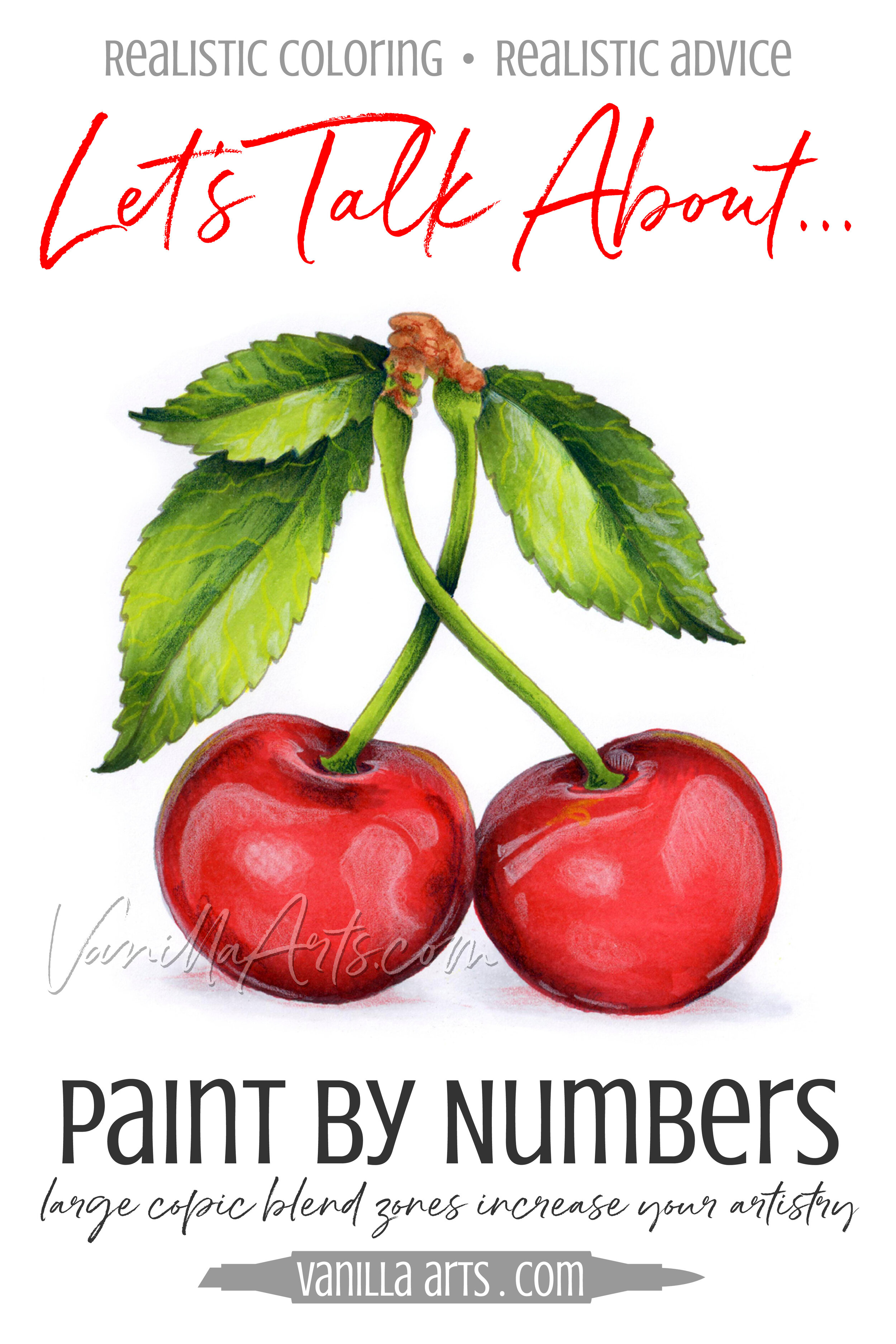
Colored Pencil: 6 Easy Tips- Improve your Grip for Better Coloring
Want to improve your colored pencil coloring?
Ok, so you’ve tried a few colored pencil projects and you can’t quite seem to get the hang of it. It looked so simple, it’s a pencil after all. So you buy some of that magic solvent stuff and blend the heck out of your project with a paper stumpy thing. But that just makes a slightly greasy smear and it’s paler than the original. So instead, you try…


This Isn't Paint-by-iNumber - Change your Marker Blending Philosophy
Back in the 1970’s, if you did crafts, you made them from a boxed kit. We didn’t have the internet for inspiration and instruction. We crafted by the box.
I loved one kind of box more than any other- the paint by number kit. I lived for the moment when all my weird globs of paint on the canvas finally coalesced into a prancing horse or a spray of roses.
The rule in paint by number was to stick to the numbering system. Bad things happened if you went outside the lines, put the wrong color in a spot, tried to blend two sections together, or if you ran out of paint and had to start substituting.
Up close, paint by number paintings are eye-scalding but from 20 feet away? You might be mistaken for Van Gogh… or so the box claimed.
